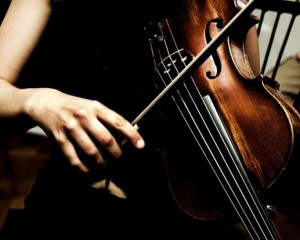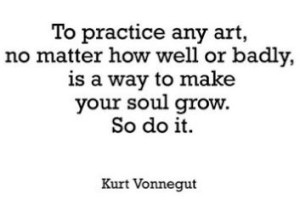An E. N. T. specialist and the son of an Italian opera singer, Prof. Dr. Alfred Tomatis developed an interest in the correlation between the sounds we are able to hear and those we are able to produce, either on an instrument or with our own voice. From his observations came three laws:
1 – There is a direct relation between what is perceived and what can be produced. This means that if a performer has lost the full perception of certain aural frequencies, they will not be able to create them.
2 – If we give the damaged ear the opportunity to hear correctly, the singer, actor or instrumentalist will regain those lost or compromised frequencies.
3 – Sufficient stimulation of the ear will provide a lasting improvement of the ability to listen to and produce sounds, either on an instrument or with one’s voice. And alongside this improved perception, the whole body will respond with more energy, and a decrease in posture-related pain in neck and back.

Thousands of vocalists and instrumentalists around the world have benefited from the achievements of Dr Tomatis, including those with overall ‘natural’ good ears and voices. Singers like Maria Callas, Luciano Pavarotti and Sting, musicians like violinist Yehuda Menuhin, and actors like Gerard Depardieu have all discovered the Tomatis Effect.
Yet, like other humans these instrumentalists and singers will at some stage be confronted with hearing loss. Not just because of ageing, but because of years of rehearsing in small rooms with insufficient sound dampening as so often happens. Or they have been performing in halls where acoustics are inadequate and amplifiers damaged their ears.
At the Joya Centre we provide facilities for musicians and performers to go through a full or short course of Listening Training, For instrumentalist it is preferred that they bring their own instrument, although we can organize some string instruments through our contacts here in Nelson. We have worked with cellists, viola players, singers and performers (in fields like jazz, musical theatre, and improvisation).




